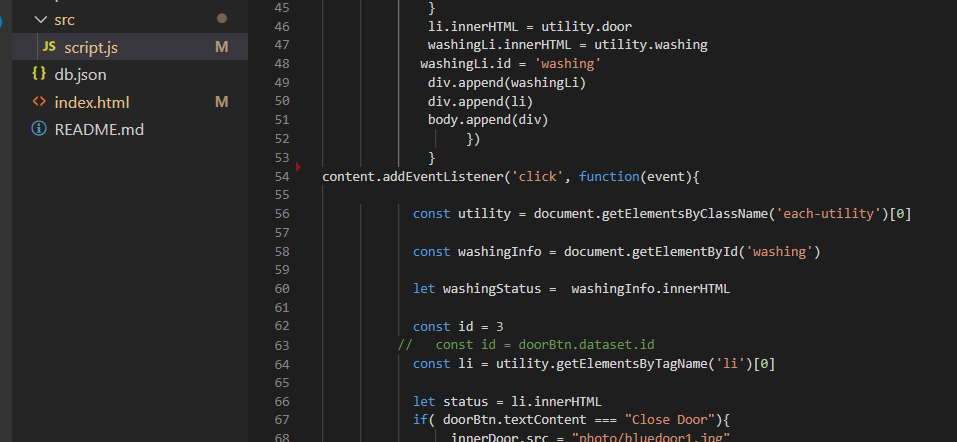React Vs Vanilla Js

In the ever-evolving landscape of web development, choosing the right tools and frameworks is crucial for building efficient and scalable applications. Among the plethora of options, React and Vanilla JavaScript stand out as two distinct approaches to crafting interactive and dynamic user interfaces. In this article, we’ll delve into the nuances of React and Vanilla JavaScript, exploring their strengths, weaknesses, and the scenarios in which each shines.
Understanding the Basics
Vanilla JavaScript, often referred to simply as “plain JavaScript,” is the native scripting language of the web. It’s the foundation upon which all other JavaScript frameworks and libraries are built. In contrast, React is a JavaScript library developed by Facebook that simplifies the process of building UI components by introducing a declarative approach and a virtual DOM.
React’s Declarative Paradigm
One of React’s standout features is its declarative programming paradigm. Instead of imperatively defining every step to update the user interface, developers describe the desired state, and React takes care of the rest. This leads to cleaner, more maintainable code and enhances the developer experience. React’s virtual DOM efficiently updates only the necessary parts of the actual DOM, resulting in improved performance.
Vanilla JavaScript’s Flexibility
On the other hand, Vanilla JavaScript provides developers with complete control over every aspect of their code. While this flexibility can be empowering, it may also lead to more verbose and error-prone code. Without the abstractions provided by React, developers have to manage the entire process of updating the DOM and handling state changes manually.
Community and Ecosystem
React boasts a vast and active community, along with a rich ecosystem of third-party libraries and tools. This makes it easier for developers to find solutions to common problems and accelerates development. However, the simplicity of Vanilla JavaScript can be advantageous in scenarios where a lightweight solution is preferred, and a minimalistic approach is desired.
Learning Curve
For beginners, Vanilla JavaScript may seem more approachable due to its simplicity and direct connection to the language fundamentals. React, with its JSX syntax and virtual DOM concepts, may present a steeper learning curve initially. However, once mastered, React’s component-based architecture can significantly streamline development processes.
Choosing the Right Tool for the Job
The decision between React and Vanilla JavaScript ultimately depends on the project requirements, team expertise, and development goals. React excels in building complex, interactive applications with a focus on scalability, while Vanilla JavaScript might be the preferred choice for simpler projects or situations where a minimalistic approach is favored.
Conclusion
In the dynamic world of web development, the choice between React and Vanilla JavaScript is not about one being superior to the other, but rather about selecting the right tool for the task at hand. Each has its strengths and weaknesses, and understanding the nuances of both allows developers to make informed decisions, ensuring the success of their projects in an ever-evolving digital landscape.





